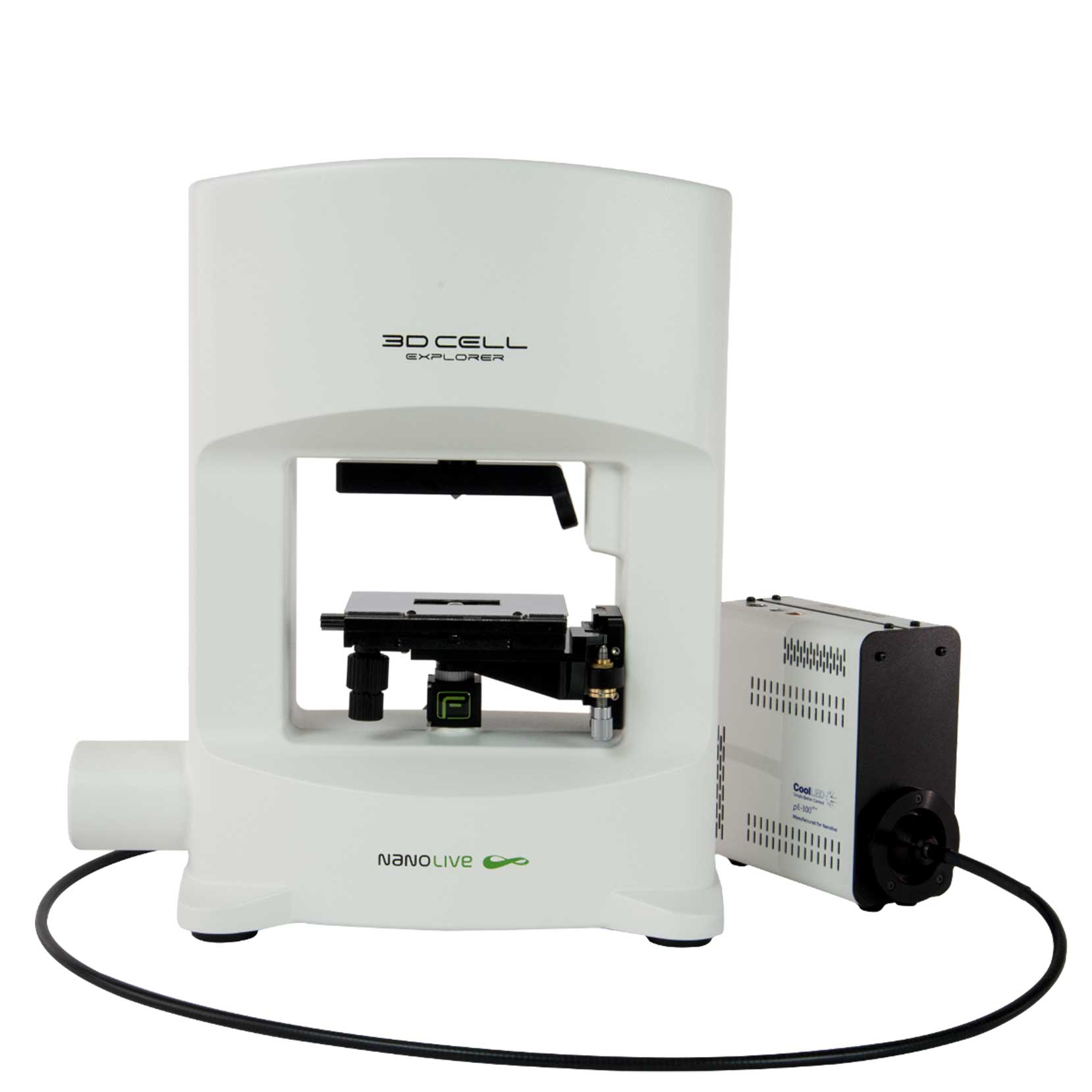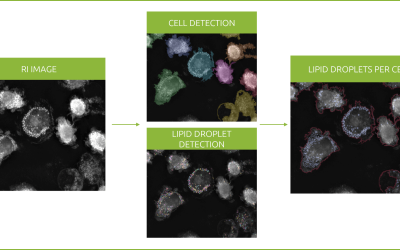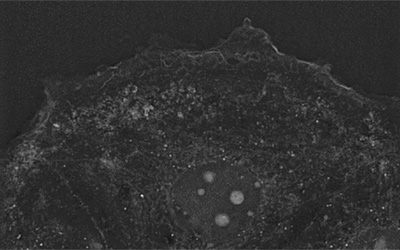Multi-ciliated cells (MCCs) are terminally differentiated epithelia that are present in all metazoans and many unicellular eukaryotes1,2. In marine organisms they play a key role in locomotion and feeding3, while in mammals they clear mucus from the lungs, circulate cerebrospinal fluid in the nervous system and transport eggs and sperm in the reproductive tracts2.
Individual MCCs contain hundreds of motile cilia that rest on modified centrioles called basal bodies4. MCCs are polarized relative to each in a tissue, and individual cilia are polarized relative to each other within the MCC5. Individual cilia beat, which generates a unidirectional fluid flow along the planar axis of the tissue6. Abnormalities in cilia abundance, orientation and/or beating have severe implications for human health, causing chronic respiratory infections, hydrocephalus and male infertility7.
Recent advances in ‘omic’ methodologies and in live cell imaging techniques has renewed interest in understanding MCCs2. Most studies use the African clawed frog (Xenopus laevis) as a model system in cilia research4,5. Here, MCCs were obtained by in vitro differentiation of Xenopus-derived cell culture and were imaged using Nanolive’s 3D Cell Explorer. Images were acquired for 4 mins at an acquisition frequency of 1 image every 2 secs.
Sample courtesy of Camille Boutin, IBDM Marseille.
References
- Brooks, E. R. & Wallingford, J. B. Multiciliated Cells. Curr. Biol. 24, R973–R982 (2014).
- Spassky, N. & Meunier, A. The development and functions of multiciliated epithelia. Nat. Rev. Mol. Cell Biol. 18, 423–436 (2017).
- Marinković, M., Berger, J. & Jékely, G. Neuronal coordination of motile cilia in locomotion and feeding. Philos. Trans. R. Soc. Lond. B. Biol. Sci. 375, 20190165 (2020).
- Boutin, C. & Kodjabachian, L. Biology of multiciliated cells. Curr. Opin. Genet. Dev. 56, 1–7 (2019).
- Werner, M. E. & Mitchell, B. J. Understanding ciliated epithelia: The power of Xenopus. Genesis 50, 176–185 (2012).
- Satir, P., Heuser, T. & Sale, W. S. A structural basis for how motile cilia beat. Bioscience 64, 1073–1083 (2014).
- Bisgrove, B. W. & Yost, H. J. The roles of cilia in developmental disorders and disease. Development 133, 4131–4143 (2006).
Read our latest news
Revolutionizing lipid droplet analysis: insights from Nanolive’s Smart Lipid Droplet Assay Application Note
Introducing the Smart Lipid Droplet Assay: A breakthrough in label-free lipid droplet analysis Discover the power of Nanolive's Smart Lipid Droplet Assay (SLDA), the first smart digital assay to provide a push-button solution for analyzing lipid droplet dynamics,...
Food additives and gut health: new research from the University of Sydney
The team of Professor Wojciech Chrzanowski in the Sydney Pharmacy School at the University of Sydney have published their findings on the toxic effect of titanium nanoparticles found in food. The paper “Impact of nano-titanium dioxide extracted from food products on...
2023 scientific publications roundup
2023 has been a record year for clients using the Nanolive system in their scientific publications. The number of peer-reviewed publications has continued to increase, and there has been a real growth in groups publishing pre-prints to give a preview of their work....
Nanolive microscopes

3D CELL EXPLORER
Budget-friendly, easy-to-use, compact solution for high quality non-invasive 4D live cell imaging

3D CELL EXPLORER-fluo
Multimodal Complete Solution: combine high quality non-invasive 4D live cell imaging with fluorescence

CX-A
Automated live cell imaging: a unique walk-away solution for long-term live cell imaging of single cells and cell populations



